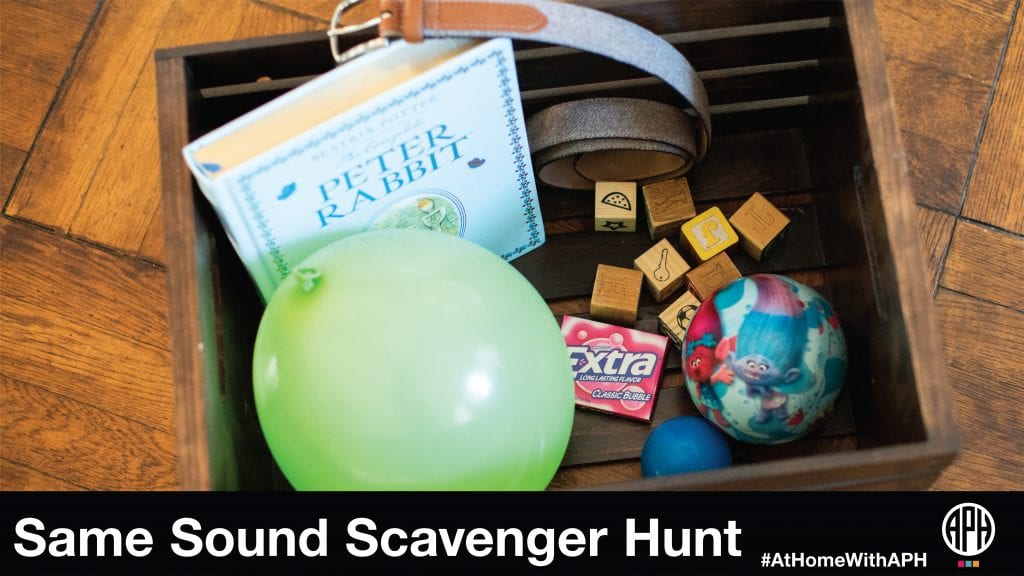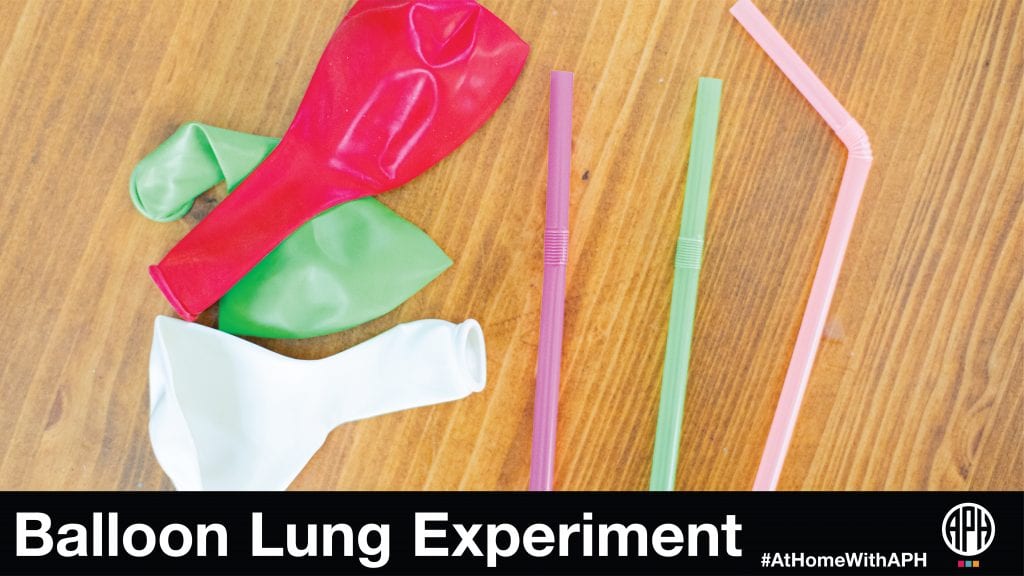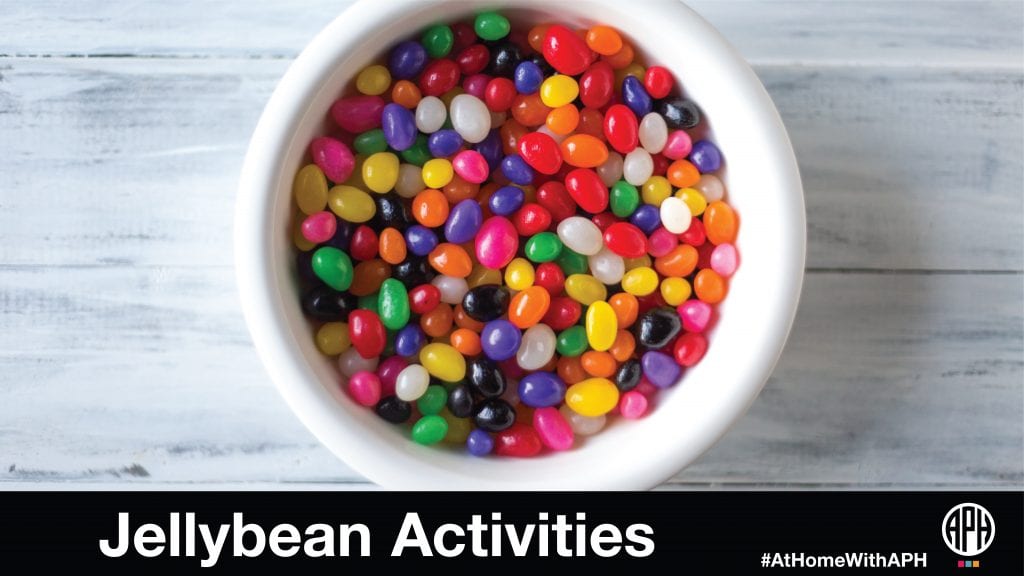Holiday Traditions for All

The holidays are a great time for fun, family, and food. This time of year also includes many learning and multisensory opportunities for children who are blind or low vision. We’ve created a list of festive ideas for you to try and discover how they can be adapted for all to enjoy.
Snow Time!
One of the most tactile experiences for children who are blind or low vision is playing in the snow. Encourage your child to pick up some snow, crush the flakes, or hold it until it melts. Using the hand-over-hand technique, show your child how to create snowballs, snowmen, and even forts. Children can utilize their hearing to throw snowballs at their friends or siblings. This activity is both fun and safe since the snow won’t hurt anyone if a child gets hit.
Afterward, when everyone is inside and getting warm in front of the fire, teach your child the Science of Snow.
Christmas Songs
Whether your child is singing in a choir, caroling outside, or jamming with friends and family, music spreads cheer during this time of year. Learning a song can be done by ear or by using braille music. APH’s Feel the Beat teaches the Music Braille Code, and the Music Braille Wheel helps children memorize all of the braille music notes.
Check out this list of Braille Music Resources compiled by the National Federation of the Blind to learn more.
Keep your child’s braille holiday songs in a binder so they can easily flip through the pages. If they are performing in a concert or singing at church, put the songs in a binder in the order in which they are being sung.
Making Cards
Creating homemade cards is a great way to show you care about someone. Children who have low vision can use permanent markers, gel pens, or colored pencils to write a message in large print inside a paper card. For braille readers, a card can be made by folding a piece of braille paper and placing the bottom half horizontally in a braillewriter. After your child composes their message, remove the paper from the braillewriter and print your child’s words above the braille so all can read it. Then, fold the card over and allow your child to decorate the front. Use Christmas-themed tactile stickers, glitter glue, pompoms, sequins, and any other tactile craft items around the house to make the card fun and festive. When your child is done, allow them to help lick the envelope and accompany you to mail it.
Shopping and Wrapping Gifts
Allow your child to practice their orientation and mobility skills as they navigate stores during the holidays. Children can feel items on the shelves as they browse for gifts. Be sure to describe everything they are touching. Practice math skills by adding up the cost of the presents.
At home, demonstrate how to cut wrapping paper and then assist your child as they learn to tape the paper in place around the gift. Read A Step By Step Guide To Wrapping Presents As A Blind Person for more specific instructions. After the present is wrapped, help your child cut the ribbon to the right length and put their finger on the place the bow will be. Parents can tie the bow, and the child can then remove their finger. For the next gift, parents can place their finger on the present while the child ties the bow.
Decadent Truffles
One of the best parts of the holidays is eating tons of sweets. Follow this recipe to learn how to make some easy and delicious Oreo truffles. Make this task more accessible by printing this recipe in large text or embossing it in braille.
Ingredients
- 2 packages of semisweet baking chocolate
- 1 package of Oreos
- 1 block of softened cream cheese
- 1 large Ziploc bag
Instructions
- Open the package of Oreos and put them in a Ziploc bag. Hit the bag with a rolling pin until the cookies are reduced to crumbs.
- Pour the crumbs into a bowl and mix with the softened cream cheese.
- Roll the mixture into balls.
- Put the chocolate in the microwave. Heat it up in 30 second increments and stir it until the chocolate is fully melted.
- Use a fork to dip the balls into the melted chocolate.
- Place the balls on a lined cookie sheet and sprinkle with the remaining cookie crumbs.
- Refrigerate until firm and enjoy.
Note: If needed, label the microwave using Nemeth or UEB braille number stickers. Assist younger children with making hot chocolate so they do not get burned.
For more ways to celebrate, read the blogs Making Winter Holiday Traditions Accessible and Festive Holiday Crafts for Kids.
Share this article.
Related articles

“Same Sounds” Scavenger Hunt
Make it a B-B-Beautiful Day Increase your child’s awareness of beginning word sounds with this easy activity using items found...

Balloon Lung Activity
Appropriate for Elementary School students Let’s learn about our extraordinary lungs! You can simulate the action of the lungs with...

Jellybean Activities
What’s your favorite flavor? We’re not talking about ice cream, we’re talking jellybeans! Forty-six years ago there were only seven...
